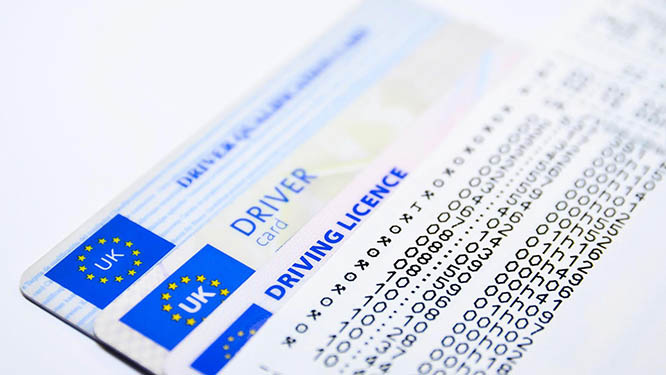Discover the benefits of retransfer card printing
Direct printing of cards on a hard plastic surface is often associated with significantly reduced image quality. However, with retransfer card printing, you can forget about blurry images and bland graphics. Special technology ensures optimum colour intensity and uniformity for perfect printing results.

How retransfer card printing works
Retransfer printing uses a process called reverse heat transfer. This involves the mirror transfer of the image from the printing colour ribbon to a clear layer of flexible retransfer film and then transferring the film and the image with heat and pressure to the card itself.
At the same time, the entire foil layer is thermally bonded to the card surface, with the printed image remaining on the underside of the foil inside the card. The surface finish of the printed card is edgeless and glossy. The retransfer film also replaces the lamination and protects the printed card from smudging or fading. Cards printed in this way can also be provided with security features such as a hologram, UV invisible printing, signature panel, wipeable layer, etc.
Where you can use retransfer printing
Retransfer card printing is a very popular and frequently used printing method in various fields. It can be used for example:
- in the government administration - citizenship, voter and driving licenses, identity cards
- insurance cards, travel insurance
- membership cards, access cards, employee cards, benefits cards
- customer cards, loyalty cards
- in the private business sector - distinctive graphics with faithful colour reproduction effectively represent the brand
- in manufacturing, retail and financial institutions
The benefits of retransfer printing will pleasantly surprise you
- Superior image quality
There are industries where high quality card printing is literally a necessity. Retransfer printing technology ensures unrivalled resulting photo quality in full colour and monochrome printing with no margins, giving users the ability to truly utilise the entire card area for a more professional look.
This is because the image is first transferred to the film, which may be slightly larger than the card itself, so that when the film is transferred to the card, the surface of the card is subsequently covered with the edges and rounded corners. Zebra's innovative reverse thermal transfer process, for example, delivers a superior final card image quality that exceeds customer expectations. Edges, blurred images and bland graphics become a thing of the past.
- High durability and longevity of card printing
Retransfer technology (e.g. retransfer printers from Evolis, Zebra and others) guarantees high print quality and the ability to print even on uneven card surfaces, for example on chip cards or cards that are not made of PVC. This produces cards that are much more resistant to abrasion and last much longer than traditionally used materials, and their durability exceeds that achievable with comparable direct-to-card printing.
- Natural protection against unauthorised manipulation
Retransfer film also provides protection against counterfeiting and tampering in general, as any tampering is immediately visible. If someone tries to tamper with the data on the card, they will also damage the film. However, due to its properties, it is almost impossible to repair or reuse it. This ensures that all data on the entire surface of the card is protected.
- Possibility to use safety features
The use of elements such as UV or holographic film for image retransfer, etc., to achieve a higher level of security is a matter of course in card retransfer printing. In fact, retransfer is the only printing technology that offers a wide range of encoding options and protection against counterfeiting of users' smart cards. Examples include the possibility of laminating cards with contact chips, holographic images or magnetic stripes.
- Large selection of card materials
Another advantage of retransfer printing is that the process is relatively insensitive to the card material. This fact provides great freedom in card selection while maintaining all specific price and application requirements. As a result, you can print high-quality graphics on a wide range of materials, including eco-friendly, biodegradable cards.
- Reduced cost per print head
In conventional printers, the print head is in close contact with the hard surface of the card during printing, resulting in excessive wear and tear. It is not helped by printing at the edges of the card, which often leads to card degradation. In contrast, retransfer printers print on soft film, which significantly extends the life of the print head.
How to choose a retransfer printer
If you're looking for a quality retransfer printer, a good choice might be an Evolis or Zebra printer. You can choose from a wide range of compact models for both full-colour and monochrome retransfer card printing. Bet on the almost photographic quality of plastic card printing.














